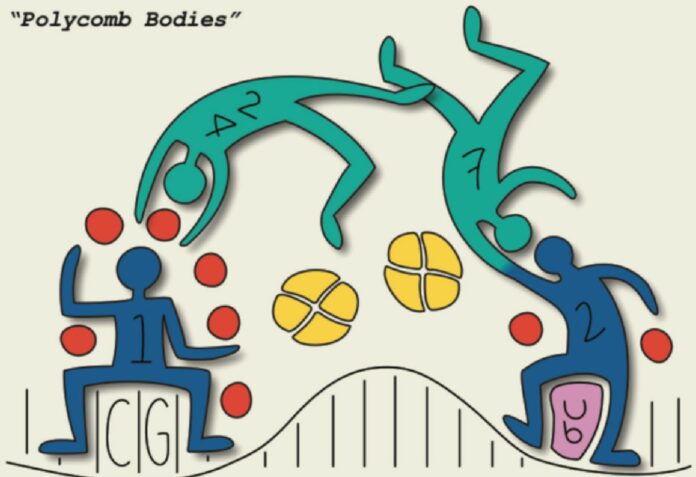A group of researchers, primarily from Trinity College Dublin, has made a groundbreaking finding on the mechanisms that contribute to the formation of cellular identity. This process guarantees that the diverse cells in our bodies function correctly.
The study focused on stem cells and yielded a result that was so unexpected that the team initially suspected an experimental error.
This discovery holds significant potential for improving cancer biology and related treatments.
The research undertaken by Professor Adrian Bracken and his team at Trinity’s School of Genetics and Microbiology has been centered on studying the operations of the Polycomb protein complexes, PRC1 and PRC2. PhD student Ellen Tuck describes these proteins as “rigorous librarians” inside cells that restrict access to certain areas of the genetic library. This ensures that cells maintain their identity and do not become confused by accessing genes from other cell types, such as muscle genes in a neuron cell.
One aspect of PRC2 has puzzled the Bracken lab and other researchers in the field for some time: there are two forms of PRC2 (PRC2.1 and PRC2.2) present in cells, yet both forms appear to target the same regions of DNA and perform the same function. This begs the question: why are two versions necessary?
The laboratory’s latest discovery represents an exciting step forward in resolving this mystery. The team has discovered that PRC2.1 and PRC2.2 each recruit distinct forms of the PRC1 complex to DNA, providing a long-awaited explanation for the necessity of two versions.
“This took us by complete surprise,” remarks Dr. Eleanor Glancy.
Dr. Eleanor Glancy reminisces about the night when the team finally comprehended the significance of their data. At first, they suspected a technical error in the experiment, but repeated replications confirmed that they had indeed uncovered an intriguing new process that redefines our comprehension of the hierarchical functioning of Polycomb complexes.
“We were dancing around the lab.”
Dr. Eleanor Glancy, a triumphant PhD graduate of the Bracken lab, and postdoctoral researcher Dr. Cheng Wang led the research, with crucial collaborative assistance from scientists in Italy and the Netherlands.
The team’s findings have been published today in the prestigious journal, Molecular Cell.
Image Credit: Ellen Tuck, Trinity College Dublin
